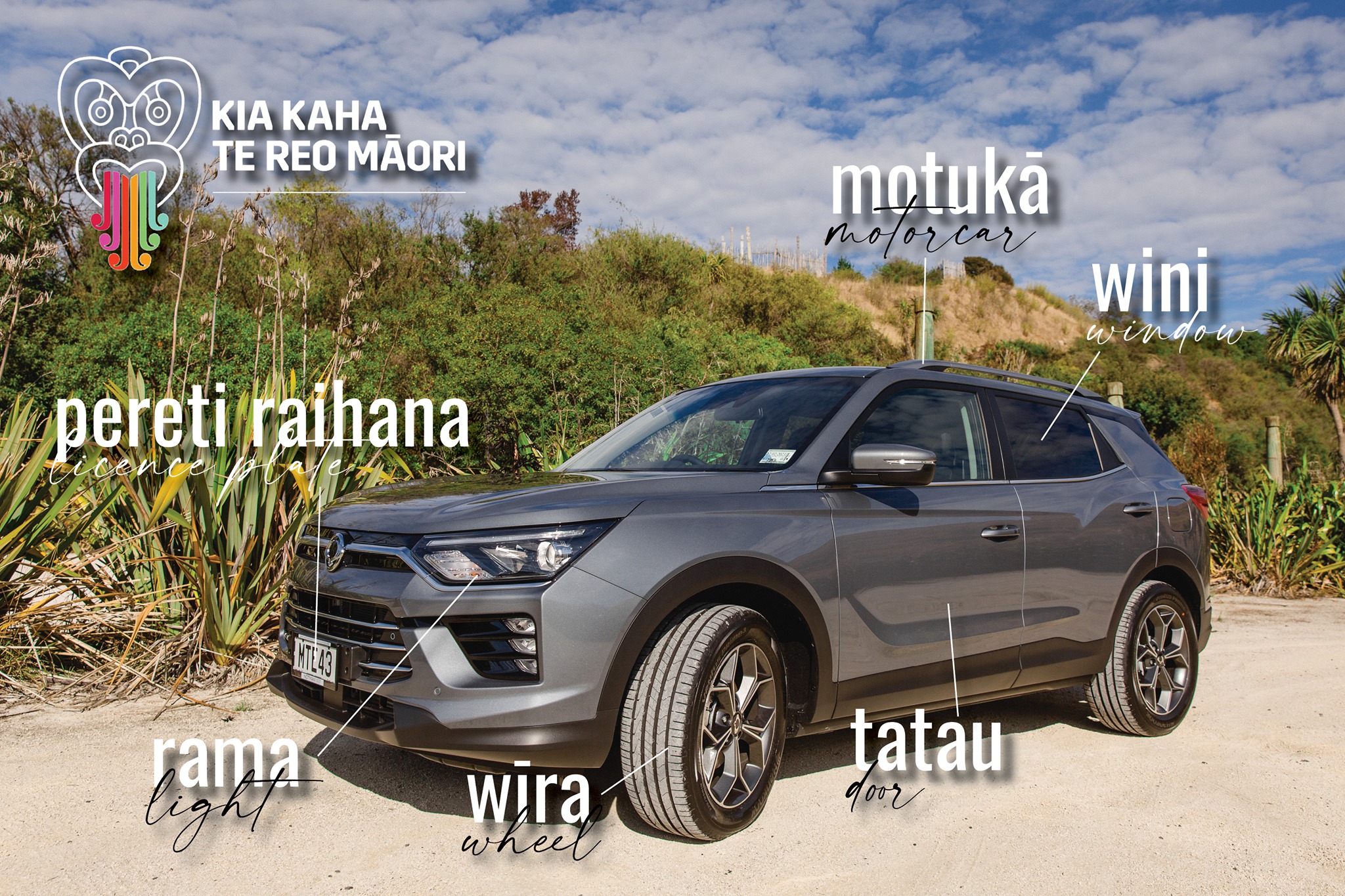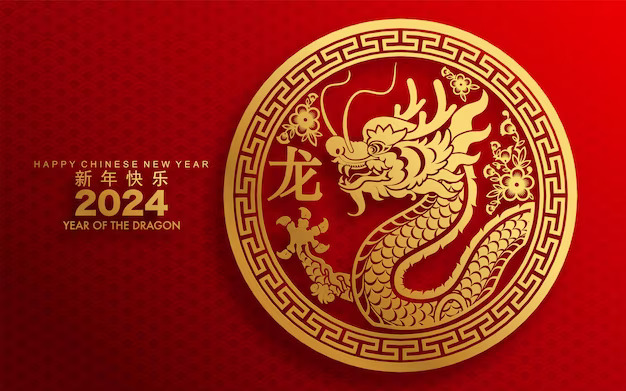I tēnei wā, kei a Haina te kaha whakangao hei tuku waka mō te haurua o te ao. Kua tau atu tā rātou titiro ki te United States. Ahakoa kei reira kē ngā waitohu nō Haina e wātea ana i Amerika, pērā i a Volvo, Polestar me Lotus, kāore anō kia tae mai tētahi waitohu Haina tūturu ki te United States. E ai ki ngā kaiwhakawhiwhi mōhio, he wā poto noa iho kua toe.
I pānui a Perehitini Biden i ngā tāke nui mō ngā kaiwhakanao waka o Haina – e ruarua ana te utu o tētahi EV kawemai i te Haratua 2024. Heoi, e ai ki ētahi o ngā kaiwhakawhiwhi mōhio, kāore pea e tino whai hua ngā tāke mō te wā roa, ā, tērā pea ka nui ake ngā kino i ngā pai.
Te Whakangao Waka o Haina
Ko Haina tētahi o ngā whenua tino kaha ki te whakangao waka i te ao. Nā tō rātou kaha whakangao me te hangarau mātāmua, ka taea e rātou te whakaputa waka i te utu iti, ā, ka taea hoki e rātou te tuku atu ki ngā whenua maha. Ahakoa ngā tāke taumaha kua whakatakotoria e te United States, e kī ana ngā mātanga he tino kaha tonu te whawhai a Haina ki te kuhu ki te mākete Amerika.
Ngā Whāinga o ngā Waitohu Haina
Ko te whāinga matua o ngā waitohu Haina kia toro atu ki te ao whānui. Ahakoa kei reira kē ngā waitohu pēnei i a Volvo, Polestar me Lotus, ko te hiahia kia mōhiotia ngā waitohu Haina hei kaiwhakanao waka kounga teitei, utu whaitake hoki. E whakapono ana rātou ka taea e rātou te patu i ngā uauatanga o ngā tāke mā te whakawhanake i ngā rautaki hou, pēnei i te whakatū wheketere ki Amerika, te hono atu rānei ki ngā kamupene o reira.
Ngā Hua me ngā Kino o ngā Tāke
Ahakoa he pai ngā tāke hei ārai i te kuhunga o ngā hua kawemai ki tētahi whenua, ka raru pea ngā kaihoko me ngā kamupene o te whenua nei. Ki te piki rawa te utu o ngā EV nā ngā tāke, kāore pea ngā kaihoko e pai ki te hoko, ā, ka raru hoki ngā kamupene e hokohoko ana i ēnei waka. Tērā pea ka whai hua ake ngā kaiwhakanao waka o Amerika i te wā poto, engari ka taea e ngā kamupene Haina te kimi ara hou hei karo i ngā tāke, ā, ka hoki mai anō te whakataetae.
Te Anamata o te Mākete EV
E kī ana ngā mātanga, ahakoa ngā tāke, ka kitea tonuhia ngā waka Haina i Amerika. Kei te tere tipu te mākete EV o te ao, ā, ka whai wāhi ngā kaiwhakanao katoa ki tēnei tupu. Mā te whakahou hangarau, te whakapai ake i ngā rautaki hokohoko, me te kimi ara hei karo i ngā tāke, ka taea e ngā kaiwhakanao waka o Haina te whakatere i ngā moana nui o te whakataetae ao.
Whakakapinga
Ahakoa ngā tāke nui kua whakatakotoria e te United States, kāore e taea te aukati i te whakatere a Haina ki te mākete waka EV o Amerika. Mā te kaha, te auahatanga, me te whai rautaki, ka taea e ngā waitohu Haina te patu i ngā wero, ā, ka piki tonu te rongonui o ngā waka Haina i te ao whānui.
Why EV Tariffs Won’t Stop Chinese Cars
At present, China has the manufacturing capacity to supply cars for half the world. Their focus has turned towards the United States. Although there are already Chinese-owned brands available in America, such as Volvo, Polestar, and Lotus, no true Chinese brand has arrived in the United States yet. According to insiders, it’s only a matter of time.
President Biden announced substantial tariffs on Chinese car manufacturers, effectively doubling the price of an imported EV in May 2024. However, some insiders say that tariffs may not be very effective in the long run and might even do more harm than good.
China’s Car Manufacturing
China is one of the world’s most powerful car manufacturing countries. With their significant production capacity and advanced technology, they can produce cars at a lower cost and export them to many countries. Despite the heavy tariffs imposed by the United States, experts say that China will continue to fight hard to enter the American market.
Goals of Chinese Brands
The main goal of Chinese brands is to expand globally. Although there are already brands like Volvo, Polestar, and Lotus, the desire is for Chinese brands to be recognized as manufacturers of high-quality and reasonably priced cars. They believe they can overcome the challenges posed by tariffs by developing new strategies, such as setting up factories in America or partnering with local companies.
Pros and Cons of Tariffs
While tariffs can be effective in preventing the import of foreign products, they might adversely affect local consumers and companies. If the price of EVs rises too much due to tariffs, consumers may be less willing to buy, and companies selling these cars might suffer. American car manufacturers might benefit in the short term, but Chinese companies can find new ways to bypass the tariffs, bringing competition back.
The Future of the EV Market
Experts suggest that despite the tariffs, Chinese cars will still be seen in America. The global EV market is rapidly growing, and all manufacturers will have a stake in this growth. Through technological innovation, improved marketing strategies, and finding ways to bypass tariffs, Chinese car manufacturers can navigate the competitive global market.
Conclusion
Despite the substantial tariffs imposed by the United States, it won’t be enough to stop China’s entry into the American EV market. With strength, innovation, and strategic planning, Chinese brands can overcome these challenges, and the popularity of Chinese cars will continue to rise globally.
Kia mataara mai ki te New Zealand Review i runga i ngā pae pāpori katoa. Mā konei koe e mōhio ai ki ngā mea katoa mō Aotearoa!
※新西兰全搜索©️版权所有
敬请关注新西兰全搜索New Zealand Review 在各大社交媒体平台的公众号。从这里读懂新西兰!️

如果您喜欢我们的文章,请支持我们的新闻工作者和创作者!请打赏一杯咖啡给他们(注明栏目或文章题目),或支持我们每月的服务器费用,非常感谢!
订阅我们,Paypal每月赞助5纽币:
http://bit.ly/47fUCPS
了解 新西兰全搜索🔍 的更多信息
订阅后即可通过电子邮件收到最新文章。



